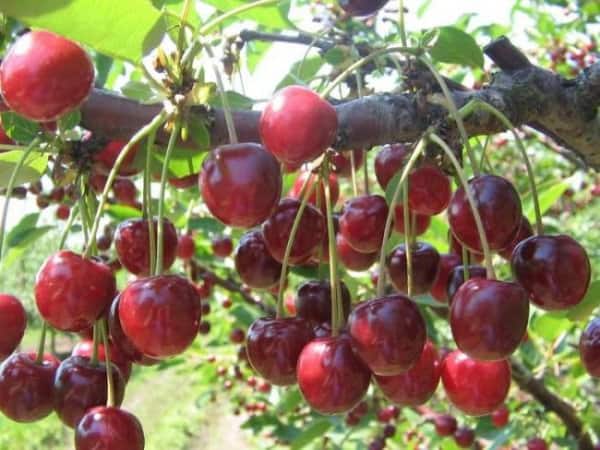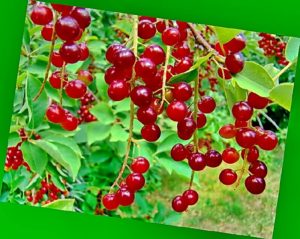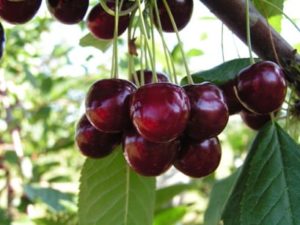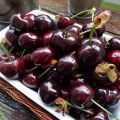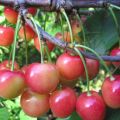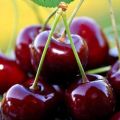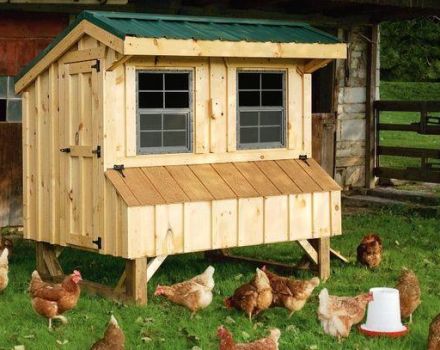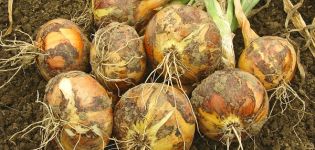Description of the hybrid Miracle cherry and its pollinators, planting and care features
Sweet cherries with juicy, sweet berries are thermophilic. Cherries are more cold-hardy, they give aromatic, but sour fruits. Cherry and sweet cherry hybrids have smoothed out the disadvantages of the “parents”: frost-resistant trees give generous harvests of dessert berries. Miracle cherry is the most successful and popular variety among amateur gardeners, obtained as a result of selection work with cherries and cherries.
Breeding history and region of growth
Duke Miracle cherry - the result of crossing cherry Valery Chkalov and cherry Griot Ostmeysky. Cherry was bred by A.I. Sychev, L.I. Taranenko at the Artyomovsk research station in the Donetsk region. The new variety was named for its excellent taste, high yield, and unpretentious growth.
The most favorable environment for growing the variety is in the southern regions of the European part of Russia. Fans of the hybrid grow it in the suburbs, despite freezing of flower buds and cadmium during cold winters.
Characteristics of the variety and taste of the berry
The miracle cherry has combined the best "parental" qualities in terms of growth, productivity, quality of fruits. Cherry is highly resistant to pest infestation.
Characteristic features of the variety:
- trunk height - from 3 to 4 meters;
- the appearance of the crown resembles a cherry;
- branching method is spreading, like a cherry;
- the leaf is dense, like that of a cherry, similar in color and shape to a cherry;
- the laying of flower buds - on one-year increments, on bouquet branches;
- berries - from 7 to 10 grams, dark red.

The pulp of the fruit is red, juicy, sweet, with a cherry aroma.
Like most hybrids, Duke is not capable of self-pollination.
For the formation of ovaries, it is necessary to plant pollinators, the best of which will be cherries (except for the "parent").
According to the description of the listed properties, the variety is considered the best among the ducks and is widely used.
Frost resistance
The tree can withstand frosty periods with temperatures of 15-20 degrees. With a more severe cold snap, flower buds suffer. When grown in the conditions of the Moscow region, the Middle Strip, the hybrid must be covered - both the root system and the crown. It is necessary to form a crown below the varietal level, in order to be able to save from frostbite.
Immunity
The main enemies of cherries and cherries are fungal infections of leaves, flowers and cherry fly... The plant, due to the loss of foliage, enters the winter weakened, reduces yield and fruit quality. The cherry fly is a pest whose larvae feed on ripe fruits.
Duke Chudo cherry is resistant to the listed mycotic lesions. It is not affected to such an extent by pests, but spring treatment with antifungal agents is necessary for prevention. Digging the soil under the trees, spraying the green ovaries help from cherry flies.
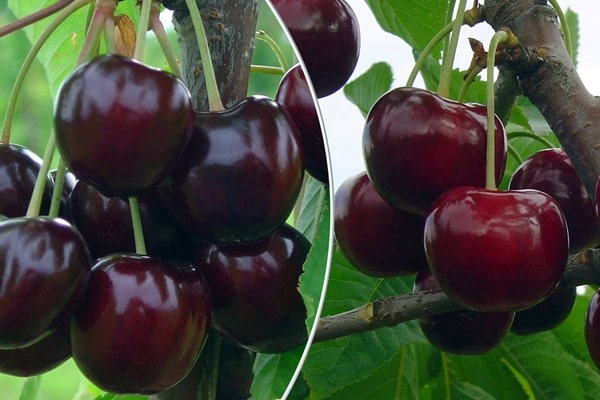
Ripening timing and abundance of the crop
Duke inherited Valery Chkalov's early maturity and stable yield from cherries. The berries acquire removable maturity a month after the end of pollination. A week or two later (depending on weather conditions) - consumer ripeness.
Removable ripeness means that the berries have acquired varietal characteristics in color, size, they can be transported and stored for 5-7 days. But fruits taste real when they reach consumer maturity. Ripe, juicy fruits are stored in the refrigerator for no more than 2 days, during which they must be processed or consumed.
Productivity depends on weather conditions in winter and during flowering. Temperatures below 25 degrees, as well as spring frosts, can damage flower buds. On average, up to 15 kilograms of berries are removed from one tree for 4-5 years after planting.
Flowering and pollination period
Cherry belongs to early ripening varieties. In the south, flowering begins until May 15, in the northern regions - in late May-early June. At this time, cherry blossoms are just emerging. The flowering period of Iput, Annushka, Yaroslavna cherries coincides with the appearance of buds on the duke, which makes them most suitable for pollination.
Like all cherries, the flowers on the hybrid bloom and fade almost simultaneously. The pollination period is 10 days. Rainy weather, cold weather, absence of bees, calm weather affect the yield.
Duke care rules
The hybrid is unpretentious in care, but adherence to the rules of agricultural technology will create comfortable conditions for its growth and ensure sustainable fruiting.
Reproduction
Cherry is planted with one-two-year-old seedlings. Young trees should have an even, dark brown trunk and a developed root system. Kink roots - be white.

Seat selection and landing
The Miracle cherry variety needs sunshine in the spring and summer. The seedling area should be well lit during the day, without shading.
In the northern regions, the plant is planted in places protected from spring drafts and icy autumn-winter winds. In the southern regions, it is important to avoid overdrying the soil.
Miracle cherry grows well on light, fertile soils, allowing the formation of a powerful root system. Sands and clays with an admixture of humus, chernozems - optimal soil compositions.
Sweet cherries, cherries and their hybrids do not grow well with high groundwater levels. In such areas, when planting a duke, you will need to create a bulk mound from fertile soil.
When planting a seedling, it is required to create conditions for root survival. The landing pit is prepared in the fall, if it is known where the duke will grow, or one to two weeks in the spring. The pit should be up to 50 centimeters deep and 80-60 centimeters in diameter. The fertile layer is preserved, the clay is removed.
The soil mixture for filling the pit consists of a fertile layer, two-year rotted manure or compost from last year's foliage, sand. Mineral additives are added to the organic part: phosphate and nitrate fertilizers (use according to the instructions). If the soil is acidic, then add dolomite flour.
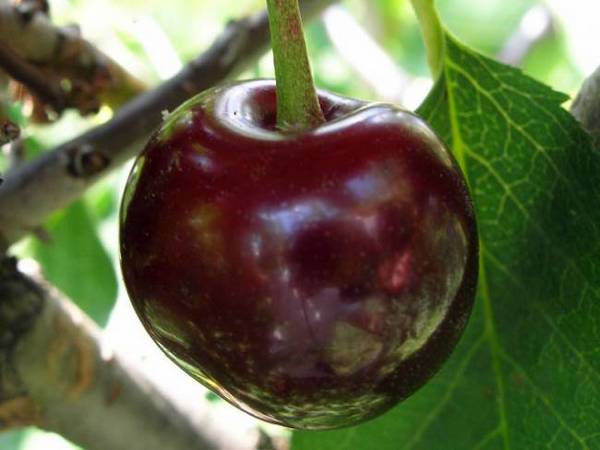
The prepared composition is mixed and the landing pit is filled with it by 60% in the form of a mound. A wooden support is installed in the center of the pit.Damaged roots are removed from the seedling, carefully placed on a loose elevation in a pit next to the support.
The depth of the planting is determined using a lath placed along the diameter of the pit. The basal neck - the place where the roots grow - should rise 6-7 centimeters above the soil level. The earth, which will be covered with roots, will settle over time, and the roots will be at the required depth.
Sprinkle the roots with an earthy mixture and soak in water to compact the soil and take root in 2 doses: 10 liters at a time. After the first watering, the rest of the earth is filled up. Attach the trunk to the support with a rope with a sparing knot.
Watering frequency
Dukes are quite drought-resistant. Growth on porous soils, a powerful root system create the necessary prerequisites for this. Nevertheless, an adult plant is responsive to watering during flowering, pouring fruits. In the absence of precipitation in September-October, watering is necessary after the foliage is dropped.
Seedlings are watered every 7 days for the first month after planting. Then the interval is increased to 10-14 days in the next month. Further watering depends on the amount of precipitation and air temperature. For watering a young tree, 20 liters of water is enough once to wet the soil near the roots.
In addition to watering, caring for a one-two-year-old plant consists in loosening the soil over the planting hole, mulching with hay, dry peat.

For mature plants, too much moisture will do more harm than underfilling.
The soil becomes compacted from water, which interferes with aeration. With sufficient precipitation, additional irrigation is carried out no more than 4 times during the growing season. The amount of water is from 30 to 60 liters, depending on age, crown volume and trunk height.
It is recommended to water in two circular grooves at a distance of half a meter and a meter from the trunk. The depth of the furrow is 10 centimeters. Another option for watering is in the holes, along the radius of the crown projection. Loosening, mulching of the soil, removal of weeds is mandatory.
Top dressing
It is not recommended to get involved in plant feeding, especially organic and nitrogen fertilizers. The nutrients in the planting pit will last for 3 years. In the future, potash-phosphorus fertilizers are applied to the soil when irrigated at the end of flowering and nitrogen fertilizers - in the fall.
An excess of fertilizer during root feeding will cause increased growth of the trunk and branches. The plant will reduce the consumption of nutrients for fruiting. In addition, a deviation from the growing season will lead to immaturity of the wood and growth in the trunk and branches. Winter frosts will damage the cadmium, causing the tree to die.
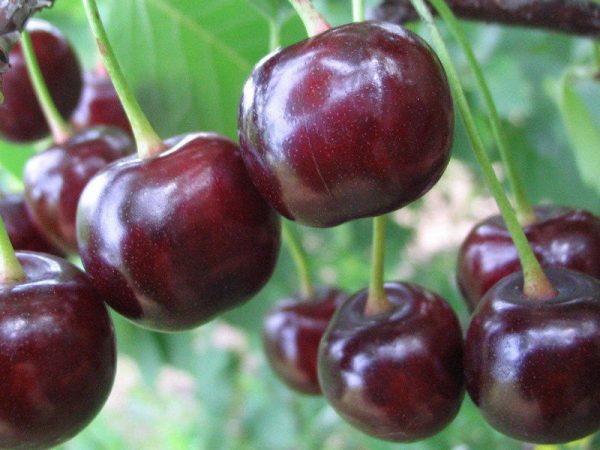
Pruning and shaping the crown
Immediately after planting, the seedling leaves a shoot of no more than 2/3 meters. Skeletal branches are cut by a third so that they obey the central conductor. Pruning is performed on the kidney. The formation of the crown continues in subsequent years.
Purpose of trimming:
- create a hemispherical crown;
- remove competitors to the central conductor;
- get rid of thickening;
- reduce growth.
The hemispherical shape of the crown creates the best conditions for airing, lighting, heating. To obtain it, long branches are cut to a lateral growth, which, in turn, is shortened by about a third - to a dormant bud.
Vertically growing branches or tops do not have fruit buds; without removal, they will form a second trunk. Cut to the ring.
Branches from the skeletal branches are directed both outward and inward of the crown. All annual processes inward are removed by the ring.
A change in the angle of departure of skeletal branches from the trunk helps to suspend the growth of a tree: from sharp to horizontal. To do this, young branches are deflected from the trunk and fixed in this position with a load or tension.

Preparing for winter
To prevent the tree from freezing or suffering from rodents, several methods are used:
- the trunk circle is mulched with dry grass;
- the trunk at the ground is wrapped in burlap, spruce branches;
- before the onset of severe cold weather, the crown is covered with burlap.
A young tree can be saved by completely covering it with snow. But at the same time, it is necessary to ensure that after the thaw, an ice crust does not form, which does not allow air to pass through.
Variety spread
In the 90s, more than 30 varieties of winter-hardy ducks were bred.
The hybrids demonstrated not only resistance to low temperatures, but also good yields combined with excellent taste of the fruit.
New varieties fell in love with gardeners of the Moscow and Leningrad regions, in the Middle Strip, the southern regions of the European part, the Urals, Siberia and the Far East.
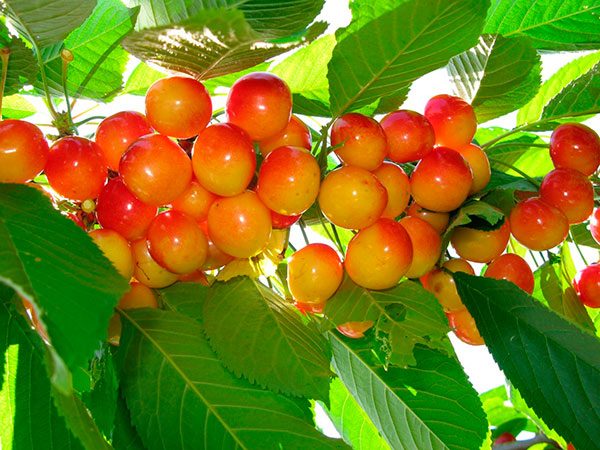
Duke Spartan
Crown height - up to 3 meters. Frost-resistant wood. Does not lend itself to fungal infections. Productivity - up to 15 kilograms. The size of juicy, sweet and sour fruits is up to 7 grams. Does not bear fruit without a pollinator. It is successfully grown in the southern regions of Western Siberia.
Komsomolskaya grade
The tree gives its first harvest in the second year after planting. The maximum height of the trunk does not exceed 4 meters. The variety does not freeze in the conditions of the Moscow region. Fruits - up to 4 grams, with sourness, ripen at the same time in early July. Pollinators are needed for fruiting.
Excellent Venyaminova
Duke begins to bear fruit for 4 years in the presence of pollinators. It blooms in the second half of May, the fruits ripen in early July. The berries are red, the average weight is 6 grams, the pulp is pink, the juice is colorless. The height of the pyramidal crown is up to 6 meters. Flower buds die at prolonged temperatures below 25 degrees. The variety is widespread in the southern regions, in the Khabarovsk Territory.
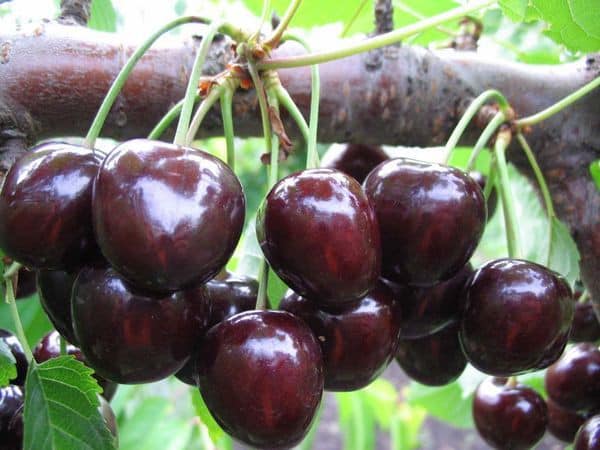
Torch
Frost-resistant variety, easy to breed, as it does not grow above 3 meters. High-yielding, with large, sweet and sour fruits. Planted next to the pollinator. Zoned in the Leningrad Region, the Central Black Earth Region.
Night
New grade. Resistant to temperatures down to -30 degrees. Harvesting begins a year after planting. Fruits are large, sweet, with dense pulp, stored for a long time. Requires a pollinator. Begins to bear fruit from July 15. Grows in the gardens of the Moscow region, in the southern regions of the Khabarovsk Territory.
Rubinovka
Low tree, up to 2 meters. The variety is partially self-fertile, which allows you to get a stable yield of up to 15 kilograms in the absence of pollinators. It can be grown in northern regions where cherries and cherries do not grow.
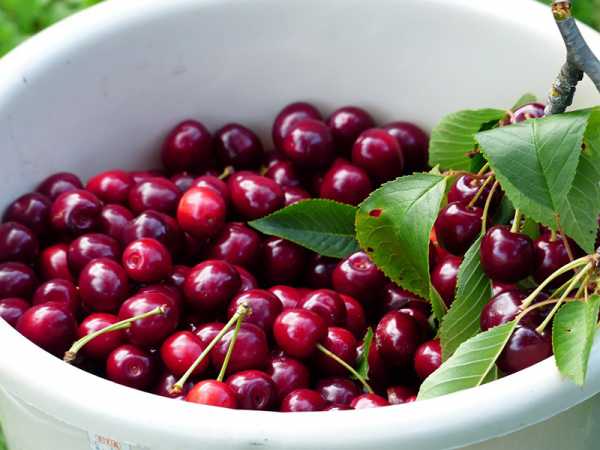
Hope
Strong tree, up to 6 meters high, with a spreading crown. Productivity is high, regardless of winter frosts. Not susceptible to coccomycosis, resistant to moniliosis. The dark red, cherry-flavored fruits ripen in mid-July. The variety does not self-pollinate, it is zoned in the Khabarovsk Territory.
Ivanovna
The height of the trunk is up to 3 meters, the crown is spherical. Sweet-sour, burgundy berries ripen at the end of July on bouquet branches. The tree can withstand prolonged low temperatures without compromising yields in gardens of the Central European part, Western Siberia.
Spectacular
The height of the trunk does not exceed 3 meters. Fruits are sweet and sour, with a cherry flavor, weighing up to 8 grams, ripen in late June or early July, if pollinators are nearby. The wood is prone to frost, which leads to the death of the duke. Distributed in Krasnodar, Stavropol Territories.
